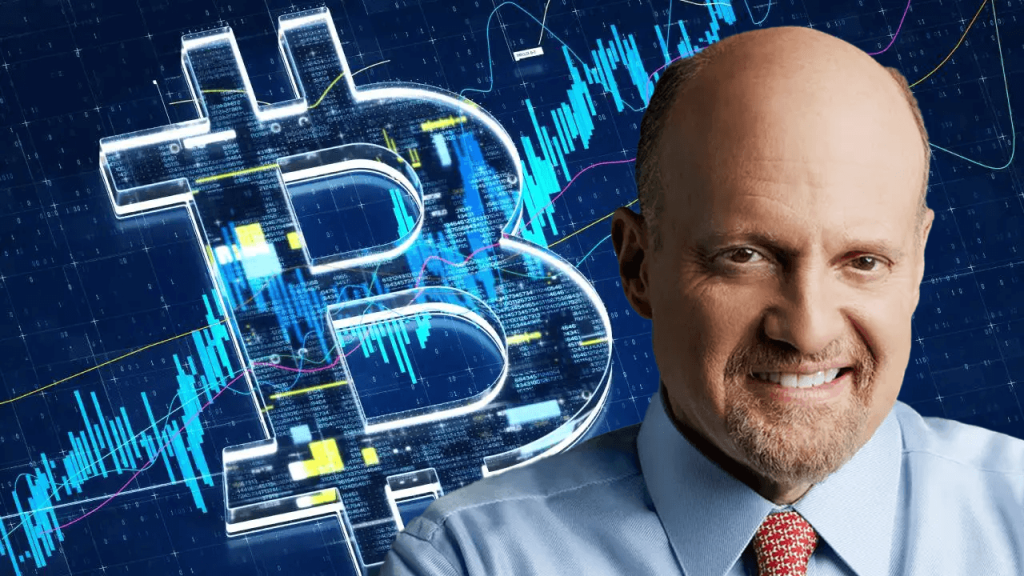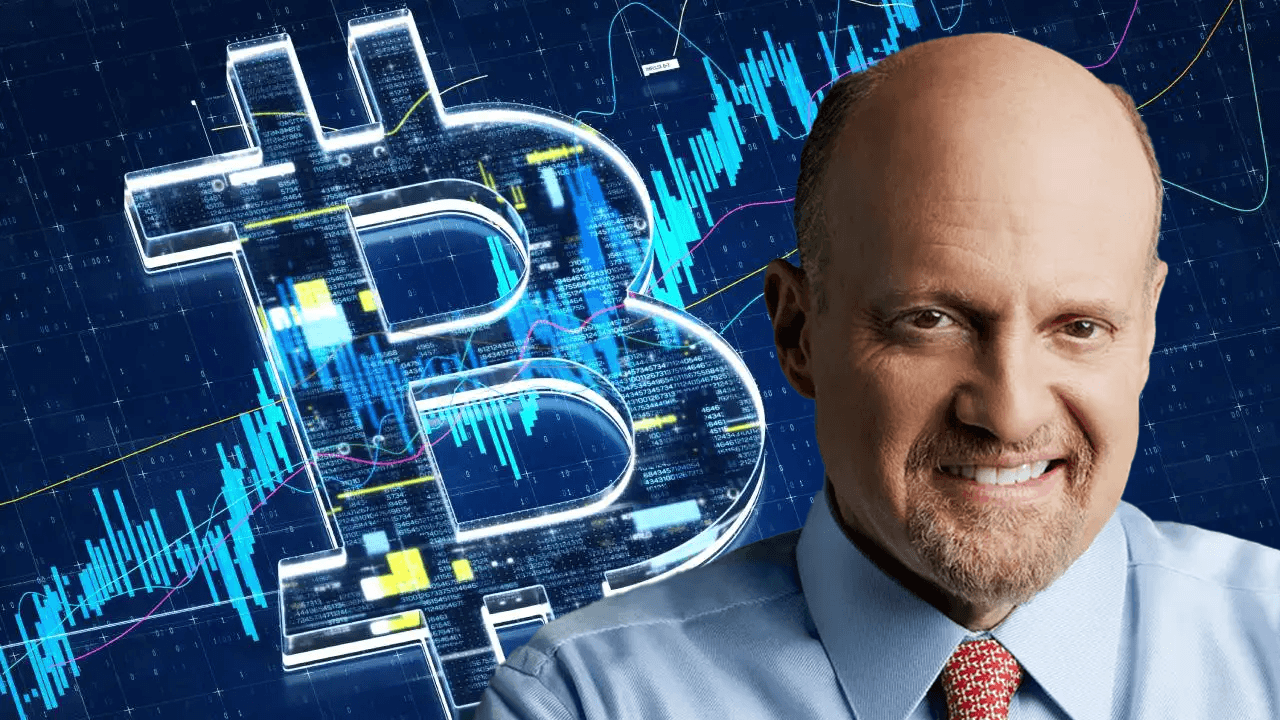
Decoding the Dichotomy: An Analysis of Inflation, Housing Prices, and Jim Cramer’s Financial Perspectives
Introduction: A World of Economic Crosscurrents
The global economy is a complex web of interconnected forces, each pulling in different directions. Inflation, housing prices, and cryptocurrency markets are among the most pressing topics shaping financial discussions today. At the center of these conversations is Jim Cramer, a prominent financial analyst whose insights offer a lens through which to examine these economic phenomena. This report delves into the dynamics of house-price inflation, explores Cramer’s views on Bitcoin and personal finance, and provides a balanced perspective on the challenges and opportunities presented by the current economic landscape.
House-Price Inflation: An Unstoppable Force?
The relentless rise in house prices has become a defining feature of the modern economy. This trend, often referred to as “house-price inflation,” is driven by a confluence of factors, including historically low interest rates, increased demand for housing, supply chain disruptions, and speculative investment. The Federal Reserve, under the leadership of Jerome Powell, has acknowledged inflationary pressures but has been criticized for underestimating their severity.
Factors Driving House-Price Inflation
Consequences of House-Price Inflation
The continuous rise in housing prices presents significant challenges:
– Affordability Crisis: First-time homebuyers and low-to-middle-income families face immense barriers to entering the housing market. Rising prices and competitive bidding wars have made homeownership a distant dream for many.
– Wealth Inequality: Homeowners benefit from rising asset values, while renters struggle to keep up with increasing costs. This disparity contributes to broader economic inequality, as wealth accumulates disproportionately among those who already own property.
– Economic Instability: Rapid house price inflation can lead to asset bubbles, which, when they burst, can trigger market corrections and economic downturns. The 2008 financial crisis serves as a stark reminder of the dangers posed by unsustainable housing market dynamics.
Jim Cramer on Bitcoin: A Hedge Against Uncertainty?
Jim Cramer’s perspective on Bitcoin is a blend of cautious optimism and concern. While he acknowledges Bitcoin’s potential as a hedge against U.S. debt, he expresses apprehension about its volatility and the risks it poses for younger investors. This nuanced view reflects the broader debate surrounding cryptocurrencies.
Bitcoin as a Hedge Against Inflation
Proponents of Bitcoin argue that it offers a decentralized and inflation-resistant alternative to traditional currencies. Unlike fiat money, which can be devalued by central bank policies, Bitcoin has a fixed supply cap of 21 million coins, making it a potential store of value. This characteristic has attracted investors seeking protection against inflation and currency devaluation.
Risks and Challenges
Despite its potential, Bitcoin faces significant challenges:
– Volatility: Bitcoin’s price is notoriously volatile, with dramatic swings that can lead to substantial gains or losses. This volatility makes it a risky asset, particularly for inexperienced investors.
– Regulatory Uncertainty: Governments around the world are grappling with how to regulate cryptocurrencies. Changes in regulatory policies can have a profound impact on the market, adding another layer of risk.
– Illicit Activities: Bitcoin’s decentralized nature has made it a preferred currency for illicit activities, such as money laundering and ransomware attacks. This association has raised concerns among regulators and the general public.
Generational Shifts in Investment Perspectives
Cramer’s concern for his children highlights an evolving generational perspective on finance. Younger investors are more open to digital assets and alternative investments, reflecting a broader shift in financial attitudes. This generational divide underscores the importance of financial education and the need for investors to understand the risks and opportunities presented by new asset classes.
Cramer’s Wisdom: Self-Reliance and Frugality
Beyond his views on macroeconomic trends, Jim Cramer emphasizes the importance of personal financial responsibility. His advice to teach children about money by “not giving them any money” underscores the value of self-reliance and financial independence. This approach encourages individuals to develop a strong work ethic, learn how to manage their own finances, and make informed investment decisions.
The Importance of Frugality
Cramer’s emphasis on frugality reinforces the importance of prudent financial habits. By advocating against “frivolous spending,” he encourages individuals to prioritize saving and investing, which are essential for long-term financial security. His personal example as a “famously frugal spender,” despite his wealth, highlights the importance of living below one’s means and avoiding unnecessary debt.
Building Financial Literacy
Financial literacy is the foundation of sound financial decision-making. Understanding basic financial concepts, such as budgeting, saving, investing, and debt management, empowers individuals to navigate the complexities of the modern economy. Schools, community organizations, and online resources play a vital role in promoting financial literacy, ensuring that individuals have the knowledge and skills needed to achieve their financial goals.
Navigating the Economic Jungle
Understanding the intricacies of inflation, housing markets, and cryptocurrencies requires a multifaceted approach. Relying solely on the pronouncements of any single individual, even a seasoned market commentator like Jim Cramer, carries risk. A diversified strategy, combining fundamental analysis, risk management, and awareness of personal financial goals, is crucial.
Understanding Inflation’s Nuances
Inflation is not a monolithic entity; its impact varies across different sectors and income levels. While rising house prices might benefit homeowners, they disproportionately burden renters and prospective buyers. Similarly, rising food and energy costs can have a more significant impact on low-income households. Investors need to understand the specific drivers of inflation in various sectors to make informed decisions. Furthermore, it is vital to monitor not just headline inflation figures but also core inflation, which excludes volatile components like food and energy, to get a clearer picture of underlying price pressures.
Housing Market Realities
The housing market is influenced by a complex interplay of factors, including interest rates, demographic trends, government policies, and local economic conditions. While low interest rates have fueled demand in recent years, rising rates could potentially cool the market. Demographic shifts, such as the increasing number of millennials entering their prime homebuying years, continue to shape demand patterns. Investors need to carefully assess these factors and consider regional variations when making housing-related decisions. Additionally, potential homebuyers should carefully evaluate their financial situation and avoid overextending themselves, even in a seemingly hot market.
Cryptocurrency Caution and Education
Cryptocurrencies present both opportunities and risks. While some investors see Bitcoin as a potential store of value and hedge against inflation, its price volatility and regulatory uncertainties remain significant concerns. Before investing in cryptocurrencies, individuals should thoroughly research the underlying technology, understand the risks involved, and only invest what they can afford to lose. Moreover, the cryptocurrency landscape is constantly evolving, with new projects and technologies emerging regularly. Continuous learning and adaptation are essential for navigating this dynamic market.
The Power of Financial Literacy
Ultimately, the key to navigating the complex economic landscape lies in financial literacy. Understanding basic financial concepts, such as budgeting, saving, investing, and debt management, empowers individuals to make informed decisions and achieve their financial goals. Schools, community organizations, and online resources can play a vital role in promoting financial literacy. Furthermore, individuals should proactively seek out financial education and continuously update their knowledge as the economic environment changes.
Conclusion: Embracing Prudence and Knowledge
In a world characterized by economic uncertainty and rapid change, a balanced approach that combines informed analysis, prudent financial habits, and a commitment to continuous learning is paramount. While insights from figures like Jim Cramer can be valuable, they should be considered alongside a comprehensive understanding of the economic forces at play and individual financial circumstances. By embracing financial literacy and prioritizing self-reliance, individuals can navigate the economic jungle with greater confidence and resilience. The path forward lies in prudence, knowledge, and a willingness to adapt to the ever-changing economic landscape.





